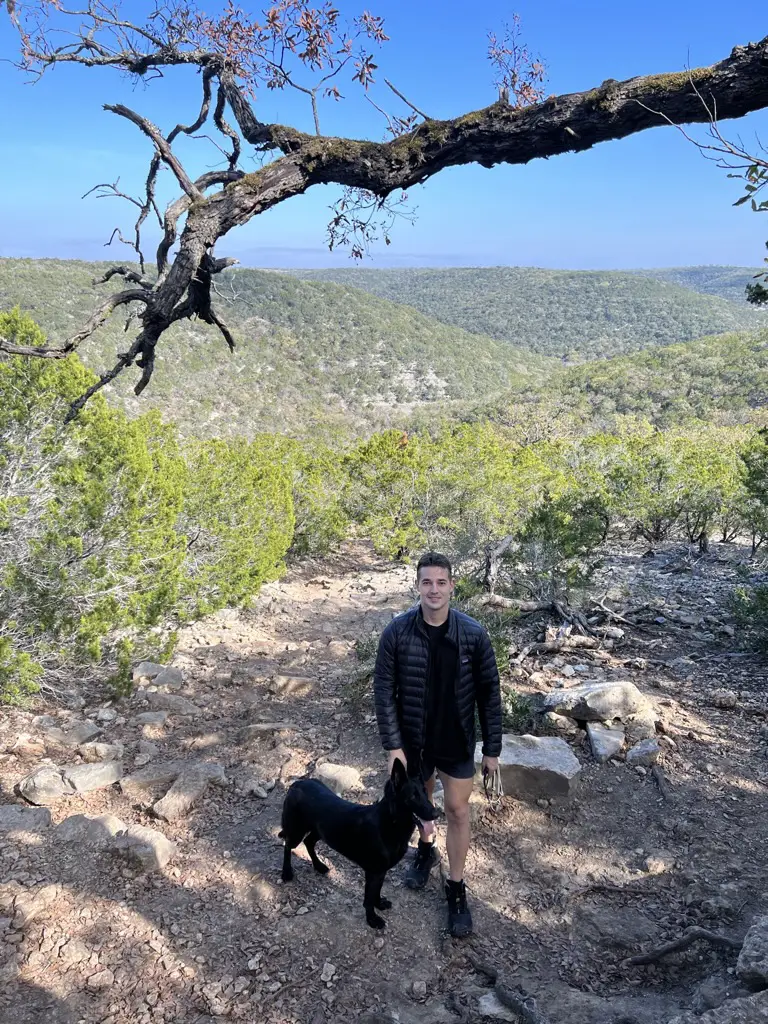We strive to provide you with authoritative, trustworthy, and expert advice. In doing so, the staff at texaswalkabout.com performs extensive research, editing, and fact checking to every post on this webiste. If you feel that this article can improve, please feel free to reach us at staff@texaswalkabout.com
Have you ever seen the looks of the fascinating types of horned lizards? They’re marvelous creatures with their spiky bodies and horned heads.
Primarily, the Texas horned lizard is one of many types of horned lizards living in North America. Although often confused with the Texas spiny lizard, it possesses some unique characteristics.
In this article, you’ll learn many details about the official state reptile of Texas. You’ll get to know its habitat, life cycle, reproduction, and diet, among other information. So, keep reading.
About the Texas Horned Lizard
Also known as “horny toad,” the Texas horned lizard is a part of the family Phrynosomatidae. It also goes by the scientific name Phrynosoma cornutum.
Principally, horned lizards are famous for the crown of horns on their heads. Yet, the number and size of these horns vary depending on the species.
Here’s some more detailed information about the Texas horned lizard.
Description
The fierce-looking Texas horned lizard has a somewhat stocky, flat body with a short tail. Moreover, it has a set of horns sticking out of its head, like all horned lizards.
Take a look at some of the Texas horned lizard’s most noticeable features.
- Scales: The body of this horned lizard has two rows of spiky scales running down the sides. Moreover, its whole body has got many scattered sharp scales all over.
- Horns: What makes such an amazing creature distinctive is the two prominent horns at the rear center of its skull.
- Color: Generally, you can find the Texas horned lizard in a few varieties of colors, ranging from tan and gray to reddish brown.
- Body Features: Most lizards of this species have two light lines running down their back. You can also notice a few dark brown stripes radiating downwards from their eyes.
- Size: Adult female Texas horned lizards reach about five inches (snout-vent length). On the other hand, adult males are a bit smaller, typically under four inches long.
Habitat and Distribution
Texas horned lizards are the most widely spread across the US compared to other species.
Commonly, you can find them in loose sand or loamy lands. That’s because they usually dig for nesting, hibernation, and even insulation.
This type of horned lizard lives in most areas of Texas and across Kansas. Its distribution also extends all the way from southeastern Arizona to central Arkansas.
Having said that, Texas horned lizards can adapt to a huge range of conditions. So, you might as well spot some in many locations in the southeast.
Life Cycle
A female Texas horned lizard keeps the eggs inside its body for over 40 days before depositing them. In general, the number of eggs in each clutch may be as much as over 45.
Usually, this type of lizards bury their eggs about six to eight inches deep in the ground for protection.
After that, the clutch of eggs incubates for an extra 40 to 60 days. It usually depends on the surrounding conditions (warmer weather can lead to shorter incubation).
After incubation, the eggs hatch tiny, less-than-an-inch lizards. Then, they start to emerge from the ground.
Juvenile Texas horned lizards may lack fully developed horns and have a bit of a lighter color. Other than that, they’re miniature versions of the adults.
As Texas horned lizards grow older, their horns become more prominent. Over time, they reach sexual maturity around two to three years of age.
Once mature, Texas horned lizards start to engage in breeding activities.
Typically, their active season extends from April until the beginning of October. Yet, breeding occurs around early summer.
Soon after, females lay eggs (usually one clutch per year), starting a new life cycle.
Diet
Texas horned lizards love a wholesome meal of insects. However, most times, they feed on a type of ants called the red harvester.
Although this type of ants is venomous, Texas horned lizards are immune to their venom. So, they use their sticky tongue to slurp some of these yummy ants whenever they get the chance.
What’s even more fascinating about this relationship is that the Texas horned lizard actually benefits from the ant’s venom.
In fact, the acid produced by red harvester ants keeps the Texas horned lizards’s blood pressure low.
Threats
Texas horned lizards face many threats that cause their numbers to decrease. One of the most considerable is the urbanization of rural areas.
Besides, many residents choose to plant non-native vegetation. In turn, this contributes to eliminating the ground cover that Texas horned lizards need to nest and hibernate.
Unfortunately, paved highways also have a hand in the killings of many of these amazing creatures.
That’s because their love for basking in the sun over the warm asphalt can lead to many accidents.
On top of that, the Texas horned lizard’s primary source of food is in danger. That’s mainly due to the accidental introduction of non-native fire ants to the area.
Luckily, many zoos in the US adopted some breeding programs to try to restore the Texas horned lizard population.
Defense Mechanism
Texas horned lizards are docile. Mostly, they prefer to spend their days resting, feeding, or sunbathing.
When in danger, they camouflage their bodies to blend into the surroundings. Yet, if they fail, they may resort to some other techniques.
Primarily, Texas horned lizards puff up their bodies to appear larger than they are. This method should be enough to deter some predators.
Otherwise, those marvelous reptiles may start to squirt foul-smell blood from their eyes at other animals.
Mainly, they do that by increasing the blood pressure in their heads. This leads to the rupture of some blood vessels.
Surprisingly, this stream of blood can shoot up to five feet away.
Final Thoughts
The Texas horned lizard is a gorgeous reptile that possesses uniquely fierce features. It’s one of the many horned lizard species that enjoy the sun-drenched landscape of the US.
In general, Texas horned lizards feast on red harvester ants. Although they’re calm and harmless creatures, they can display an array of incredible defense mechanisms.
Sadly, Texas horned lizards face many threats, from urbanization to declination in their main food source.
Yet, some of the zoos around the US work on introducing zoo-hatched lizards to areas where they no longer exist.

Robert is a native Texan writer for TexasWalkabout, passionate about Texas culture and food, wearing cowboy boots daily. He interviews local pitmasters and chefs, tastes and reviews innovative dishes, and explores hidden gems and iconic landmarks. Graduating magna cum laude in Cyber Security from the University of Texas at San Antonio, Robert excels academically and professionally while also being knowledgeable in Texas history and culture. After living in Texas for over 28 years, he provides first-hand and trustworthy information for all your Texas needs!
